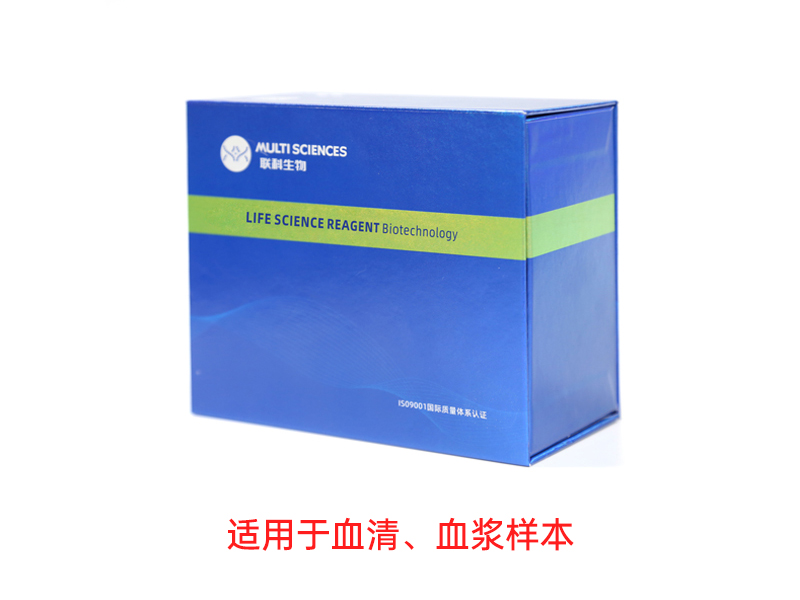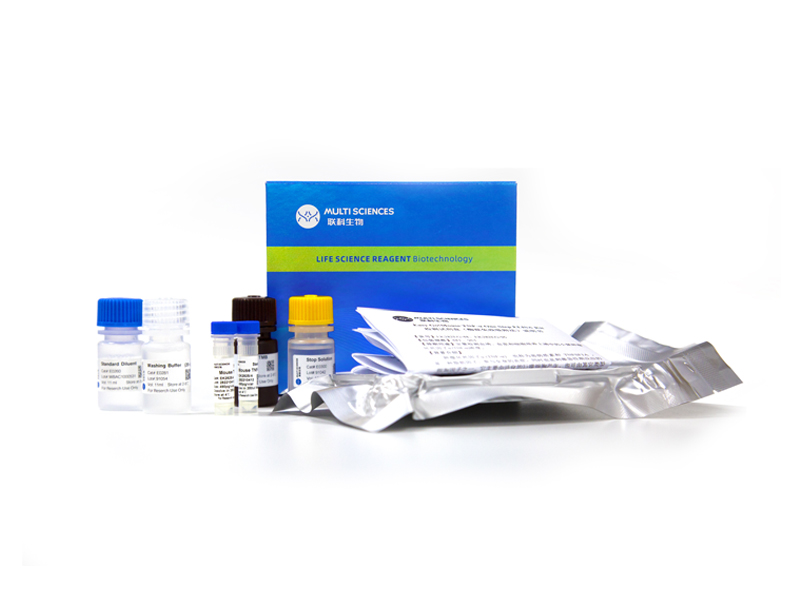Cathelicidins, a category of critical host defense molecules in vertebrates, have been extensively studied for their bactericidal functions, but little is known about their non-bactericidal properties. Herein, a novel cathelicidin peptide (Atonp2) was identified from the plateau frog Nanorana ventripunctata. It did not exhibit bactericidal activity but showed significant therapeutic effects in chronic UVB radiation-induced mouse skin photoaging through inhibiting thickening, pyroptosis and inflammation in the epidermis, while inhibiting cellular senescence, collagen fibre breakage and type Ⅰ collagen reduction in the dermis. Further studies indicated that Atonp2 effectively scavenged UVB-induced intracellular ROS via tyrosines at positions 9 and 10, while activating the Keap1/Nrf2 pathway to protect epidermal keratinocytes against UVB radiation, which in turn indirectly reversed the senescence and collagen degradation of dermal fibroblasts, thereby ameliorating UVB-induced skin photoaging. As such, this study identified a non-bactericidal cathelicidin peptide with potent antioxidant functions, highlighting its potential to treat and prevent skin photoaging.
文章引用产品列表
-
- EK201BEGA 35 Citations
- 一步法ELISA试剂盒(A/B)
EasyGo!™ Mouse IL-1β One-Step ELISA Kit 检测试剂盒(酶联免疫吸附法)
- ¥2,190.00 – ¥3,650.00
-
- EK206EGA 56 Citations
- 一步法ELISA试剂盒(A/B)
EasyGo!™ Mouse IL-6 One-Step ELISA Kit 检测试剂盒(酶联免疫吸附法)
- ¥2,190.00 – ¥3,650.00
-
- EK182EGA 11 Citations
- 一步法ELISA试剂盒(A/B)
EasyGo!™ Human TNF-α One-Step ELISA Kit 检测试剂盒(酶联免疫吸附法)
- ¥2,190.00 – ¥3,650.00
-
- EK106EGA 12 Citations
- 一步法ELISA试剂盒(A/B)
EasyGo!™ Human IL-6 One-Step ELISA Kit 检测试剂盒(酶联免疫吸附法)
- ¥2,190.00 – ¥3,650.00
-
- EK1C01 3 Citations
- ELISA试剂盒
Human Pro-Collagen I α1 ELISA Kit检测试剂盒(酶联免疫吸附法)
- ¥2,000.00 – ¥3,400.00
-
- EK282 1454 Citations
- ELISA试剂盒
Mouse TNF-a ELISA Kit检测试剂盒(酶联免疫吸附法)
- ¥1,600.00 – ¥10,800.00
-
- EK2M03 5 Citations
- ELISA试剂盒
Mouse Total MMP-3 ELISA Kit检测试剂盒(酶联免疫吸附法)
- ¥2,000.00 – ¥3,400.00
-
- EK2M09 13 Citations
- ELISA试剂盒
Mouse Total MMP-9 ELISA Kit检测试剂盒(酶联免疫吸附法)
- ¥2,000.00 – ¥3,400.00
-
- EK282HS 1241 Citations
- 高敏试剂盒
Mouse TNF-α High Sensitivity ELISA Kit检测试剂盒(酶联免疫吸附法)
- ¥2,000.00 – ¥3,400.00
-
- EK206 1296 Citations
- ELISA试剂盒
Mouse IL-6 ELISA Kit检测试剂盒(酶联免疫吸附法)
- ¥1,600.00 – ¥10,800.00
-
- EK206HS 1080 Citations
- 高敏试剂盒
Mouse IL-6 High Sensitivity ELISA Kit检测试剂盒(酶联免疫吸附法)
- ¥2,000.00 – ¥3,400.00
-
- EK201BHS 786 Citations
- 高敏试剂盒
Mouse IL-1β High Sensitivity ELISA Kit检测试剂盒(酶联免疫吸附法)
- ¥2,000.00 – ¥3,400.00
-
- EK201B 939 Citations
- ELISA试剂盒
Mouse IL-1β ELISA Kit 检测试剂盒(酶联免疫吸附法)
- ¥1,600.00 – ¥10,800.00
-
- EK182HS 294 Citations
- 高敏试剂盒
Human TNF-α High Sensitivity ELISA Kit检测试剂盒(酶联免疫吸附法)
- ¥2,000.00 – ¥3,400.00
-
- EK182 340 Citations
- ELISA试剂盒
Human TNF-a ELISA Kit检测试剂盒(酶联免疫吸附法)
- ¥1,600.00 – ¥10,800.00
-
- EK106HS 316 Citations
- 高敏试剂盒
Human IL-6 High Sensitivity ELISA Kit检测试剂盒(酶联免疫吸附法)
- ¥2,000.00 – ¥3,400.00
-
- EK106 422 Citations
- ELISA试剂盒
Human IL-6 ELISA Kit检测试剂盒(酶联免疫吸附法)
- ¥1,600.00 – ¥10,800.00
-
- EK101B 277 Citations
- ELISA试剂盒
Human IL-1β ELISA Kit检测试剂盒(酶联免疫吸附法)
- ¥1,600.00 – ¥10,800.00
-
- EK101BHS 236 Citations
- 高敏试剂盒
Human IL-1β High Sensitivity ELISA Kit检测试剂盒(酶联免疫吸附法)
- ¥2,000.00 – ¥3,400.00





